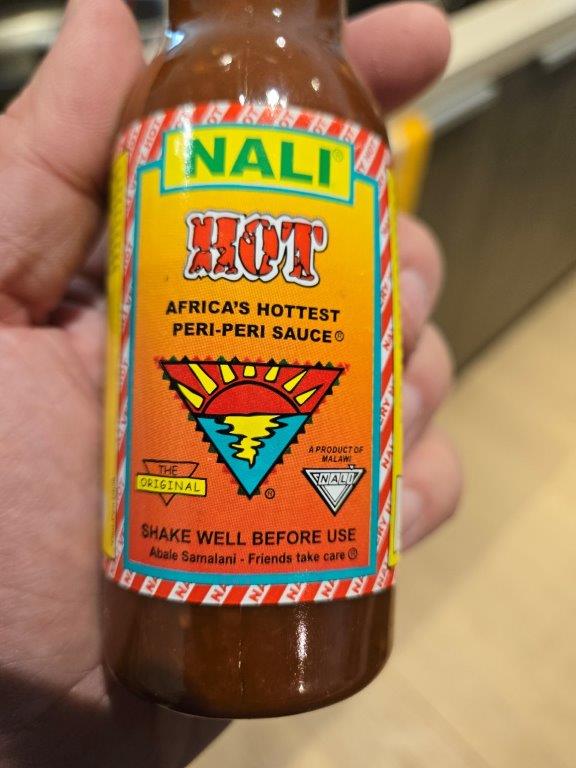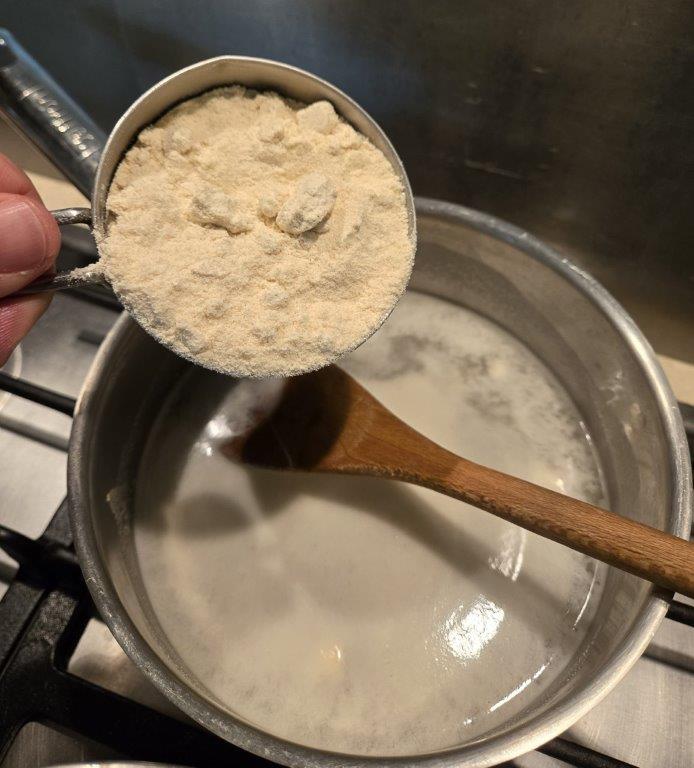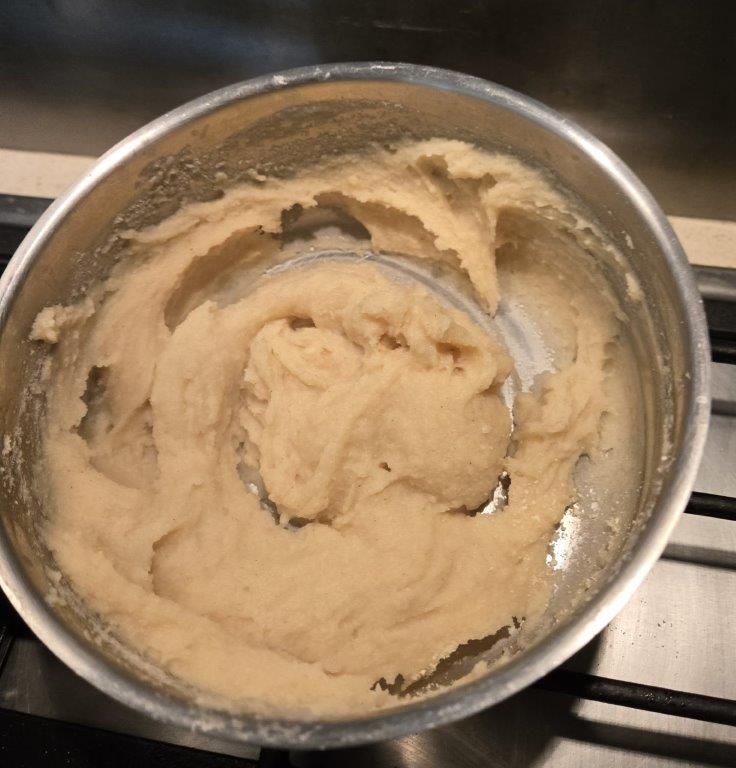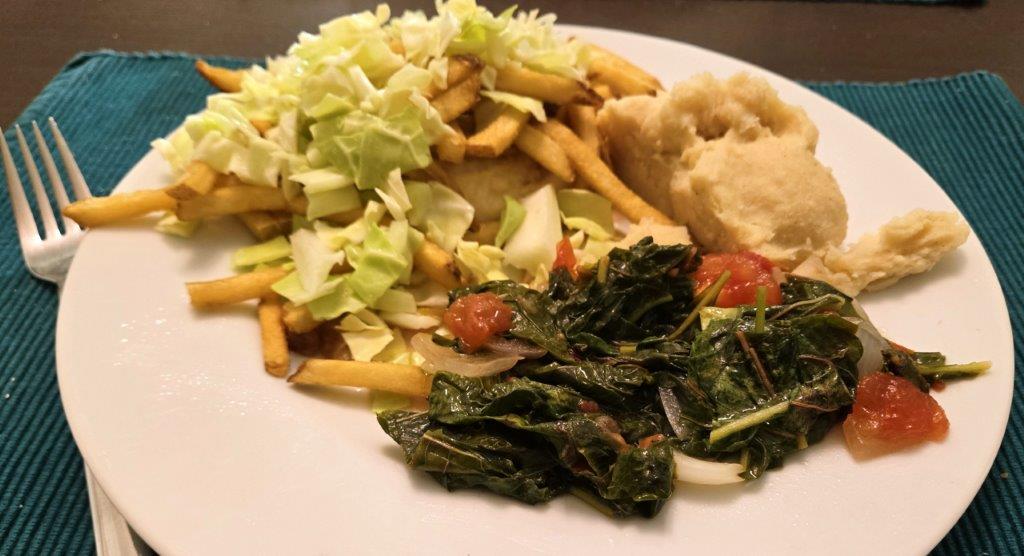Whenever we discover that there’s some food item that is regarded as quinessentially associated with a country, we prick up our ears a bit. It’s often so challenging to distinguish neighbors, that anything that is definitely from our target country is welcome news.
In this case, we discovered that there is a hot sauce that is made in Malawi, associated with Malawi, and eagerly sought by Malawian expatriates. It also costs three times as much for shipping as it does for the actual bottle.

It is called Nali sauce, and friends – that label is not joking. The ingredients here are birds eye chilis, paprika, onions, and vinegar.
That’s OK, we like spicy.
So that’s Malawi sorted.
Wait a moment – don’t we need some sort of recipe to go with this? As much fun as doing Nali shots sounds, shouldn’t we make some actual, you know, food?
And there we ran into difficulty. If I asked you to name a quinessential BRITISH sauce, you’d probably say “HP Sauce.” Or else “Please go away and stop asking me questions about condiments.” But either way – a sauce is not a recipe, and while HP is a classic UK sauce, that doesn’t mean you’d necessarily use it to make Boopers and Sploot, or whatever the hell the national dish is. (We don’t do research more than one country ahead.)
So returning to our old friends at United Noshes, (And by friends, I mean “people who have no idea we exist”) we discover that a common use for this stuff is on… fish and chips. OK, we can do that. Or rather, we can fry some fish and go pick up some french fries from our friendly neighborhood restaurant with a deep fryer.
I made a simple batter of flour and egg, which completely failed to adhere to the tilapia we selected. The cooked fish was still good, but was completely uncoated. The other topping in addition to Nali sauce was shredded cabbage soaked in vinegar.
In addition to that, let’s make the ACTUAL national dish of Malawi, which is another variant on a simple starch paste. This one is called Nsima, and is made with fine corn flour, such as is used to make tortillas.
Flour, water, heat, stir.
I don’t mean to be dismissive – this actually turned out to be one of the tastier ones we’ve made, and we have no idea why. It doesn’t even have any salt.
The degree to which the Ndima is intended to be the star of the show is indicated by the fact that the accompanying vegetable stew, (Ndiwo) is referred to as a “relish.” There’s a zillion recipes for these things, but the one we used called for greens (we used amaranth), tomatoes, onion, and salt.
Red amaranth sure is pretty.
So our final meal consisted of a very traditional dish of cornmeal paste and vegetable stew, as well as a modern one of fish and chips with cabbage and hot sauce.
Trust me, there IS fish under all those fries and cabbage. You’d THINK that we’d just be hurrying past the cornmeal and veg to get to the fish and chips, but you know what? We weren’t. Still can’t explain exactly why, but this particular starch paste was really good, and it was even better the next day reheated. The vegetables spoke for themselves, and combined nicely with the Nsiwa.
Which is not to say that french fries, fish, and hot sauce aren’t delicious, because they totally are. And the crunchy sour cabbage was a nice contrast, as well as soaking up the SERIOUS heat from the Nali sauce.
All in all, a quite memorable meal. Next up, Malaysia!
Recipes:
Nsiwa and Ndimo
Fish and Chips: Seriously – go buy some french fries, fry some fish, and put hot sauce and cabbage on it.




